Hello all--
Well, I finally did it. After reading about Al's Gritty Mix for the last two years, today I finally got up the motivation to track down the supplies and make some for myself.
Some other posters have previously expressed intimidation at the prospect of beginning the Gritty Mix process. Let me say that I shared this initial intimidation, which is probably why I waited so long to make Gritty Mix of my own. In the end, however, I'm glad I undertook this task and I look forward to it paying off with my plants.
In this thread I want to detail my personal experience with obtaining the Gritty Mix supplies and actually making the mix. I hope that some of the more experienced forum members will be able to identify any mistakes I made or supply helpful hints as to how to go about the process more efficiently in the future. I also want this thread to serve as somewhat of a how-to for those that are toying with the idea of making their own Gritty Mix, in effect de-mystifying the whole process. I wholeheartedly invite commentary and suggestions from anyone interested in this subject.
::
I began by locating the mix materials (see pic): crushed granite, turface, and fir bark. I'm happy to say that I was able to find all the materials in my vicinity. That is not always that case, however, and there are other threads that discuss different substitutes for these materials if they are not available in your area. I myself just moved to RI from GA, so finding these materials was a good exercise in getting my bearings in RI/MA.
{{gwi:48076}}
Crushed granite -- I found this at a local feed store for use with poultry. It's called Gran-i-grit as you can see from the pictures. I made sure to examine the particle size before buying (see pic). I looked for Manna Pro brand, but only found Mount Airy. I don't think the brand matters at all. I got a 50 lb. bag for $10.
{{gwi:48077}}
Turface -- I found this, like many other forum members, at a local John Deere Landscaping store. A 50 lb. bag sold for $17.
{{gwi:48078}}
Fir bark -- Al discusses pine bark fines in his post "Container Soils: Water Retention and Movement", but many have used fir bark with good results and it was really easy to find fir bark at a local Petsmart. It's called Reptibark and it comes pre-screened in 24 qt. bags which sell for $12, if I remember correctly.
After I had gathered these materials, I went to Lowe's to buy the supplies to make a screening basket. The idea here is to wash your mix materials to eliminate dust and small particles which will retain too much water, defeating the whole purpose of the Gritty Mix. Here's what I bought at Lowe's:
--1 pine board (2x4x10) cut into 4 equal pieces (30 in. each)
*In retrospect, I probably only needed a 2x4x8 board
--8 three-inch wood screws
--Aluminum screening (found in the door/window section)
All of this cost me $14. I already had a staple gun and drill at home, but if you don't, you'll need some way of connecting the boards and screen.
Then I went home and assembled the screening box (see pics). This was a very simple process and anyone could do it.
First I assembled my materials:
{{gwi:48079}}
I then used the wood screws to secure the planks to each other, making a perfect square:
{{gwi:48080}}
I then laid out my aluminum screening and cut off the right amount. The screening basket will be stronger if you wrap the screening around the sides of the basket:
{{gwi:48081}}
This shows the gauge size of the screening:
{{gwi:48082}}
I then used my staple gun to secure the screening to the wooden box. Be sure to make the screen as taut as you can:
{{gwi:48083}}
When you're finished, you're left with a screening basket:
{{gwi:48084}}
As I currently have very little outside space, I chose to do the screening in my bathroom. I somehow convinced my fiancee that this was necessary, but, in the end, I probably won't do it that way again. It wasn't overly messy, but there is certainly that potential and if you can do it outside or in a utility sink, that would definitely be preferable.
I used a 2-qt. pitcher to keep my ratios (1:1:1) correct:
{{gwi:48085}}
I set my screening box upside-down across my tub. I turned it upside down because it can hold more weight that way and because it made it easier to transfer the screened material to a plastic tub that I had placed underneath:
{{gwi:48086}}
I then laid out 2 qts. of Turface and 2 qts. of crushed granite on top of the screening basket. I chose not to screen the bark because Reptibark comes pre-washed but other barks might need to be screened:
{{gwi:48087}}
{{gwi:48088}}
The basket easily handled the weight of these materials combined.
Then, using my movable shower head, I began rinsing the materials and working my hands through them to aid the screening process.
Here is a pic of the dust and fine particles you're trying to get rid of during screening:
{{gwi:48089}}
*Note: Don't let these particles go down your drain! I used some surplus aluminum screen to cover my drain.
When I was done screening one round, I was too impatient to let it dry, so I transferred it damp into a plastic container.
{{gwi:48090}}
I'll be using this mix in the next couple of days, but if you plan on storing for long periods, the mix should be allowed to dry.
I then added equal parts of the fir bark and my mix was complete! I was left with a decision to make: which plant to re-pot first. I sought out the Gritty Mix materials specifically for a ficus b. that desperately needs repotting, but it was getting late and I thought I'd save that for tomorrow. I settled on a strange little bald cypress tree. This tree was trunk cut for bonsai-ing 2 years ago, but I haven't had the time to devote to bonsai so I just let it grow out and I now like its unusual appearance. I need to do some pruning around the trunk base, but I'll take care of that tomorrow.
Anyway, the only ceramic pot I had available was a little too small for this specimen, but I thought this would be a perfect opportunity to practice root pruning, another thing I have long feared. I took the cypress out of its nursery pot and gently began working away the soil. When I had worked most of it away, I got the hose and washed the rest off. Unfortunately, I forgot to take a picture of the root ball before pruning but this is what I was left with:
{{gwi:48092}}
{{gwi:48093}}
I'd say I removed about 40% of the total root structure.
I then proceeded to pot it in the Gritty Mix and this is how it turned out:
{{gwi:48095}}
{{gwi:48096}}
The only thing I'm concerned about is the root coverage. As I said, the pot I transferred the cypress into was a bit too small, so I'm considering taking it out again in the next few days and do some more root pruning. I think this cypress wants to extend its roots, so a more severe root prune might be in order if I'm going to keep it in this pot.
Is it okay to leave a main root hanging out like that? It king of looks cool, but I certainly don't want to keep it that way if it's not healthy for the plant. Suggestions?
I have a lot of fig trees, succulents, and other houseplants that I can't wait to transfer to the Gritty Mix in the next few days!
Questions:
--I know gypsum was in the original Gritty Mix recipe. Is this something I can add later?
--Is it advisable to use a generic water-soluble fertilizer with plants in the Gritty Mix? Any other suggestions regarding supplements?
So far this has been a rewarding and promising endeavor and I encourage those of you considering Gritty Mix to go for it! It's really not that hard and it's all a learning experience.
Feel free to respond with comments, suggestions, alternative techniques, or feeding tips.
Buena suerte!

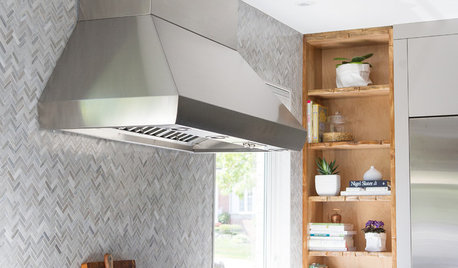
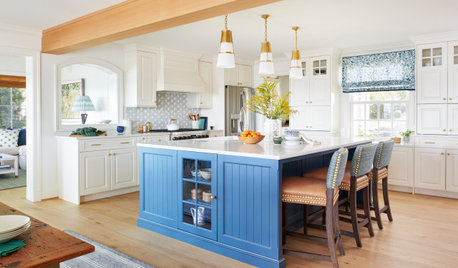
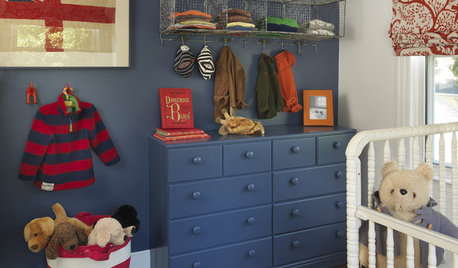


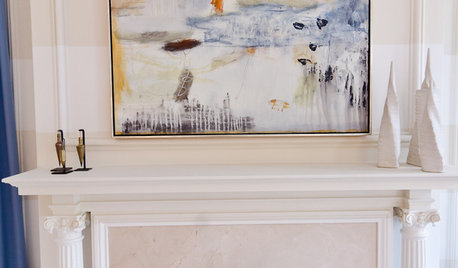
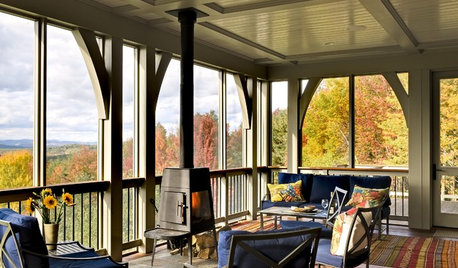

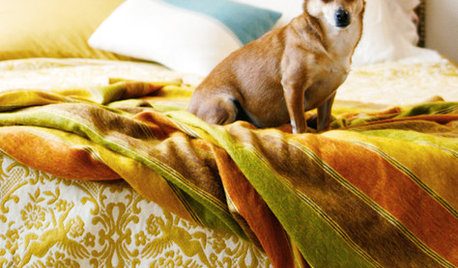





Loveplants2 8b Virginia Beach, Virginia
calistoga_al ca 15 usda 9
Related Discussions
What the 'gritty mix' did to my clivia plant, plus more. Pics
Q
First batch of Gritty Mix and my poor tree is drooping
Q
My first Gritty Mix......need suggestions. (pic)
Q
Gritty mix first attempt
Q
mksmth zone 7a Tulsa Oklahoma
tapla (mid-Michigan, USDA z5b-6a)
imstillatwork
margo_k
tcleighOriginal Author
meyermike_1micha
greenman28 NorCal 7b/8a
tapla (mid-Michigan, USDA z5b-6a)
anitamo
monet_g
User
Need2SeeGreen 10 (SoCal)
oxboy555
Need2SeeGreen 10 (SoCal)